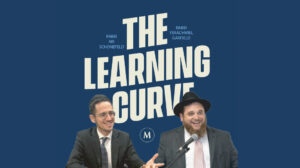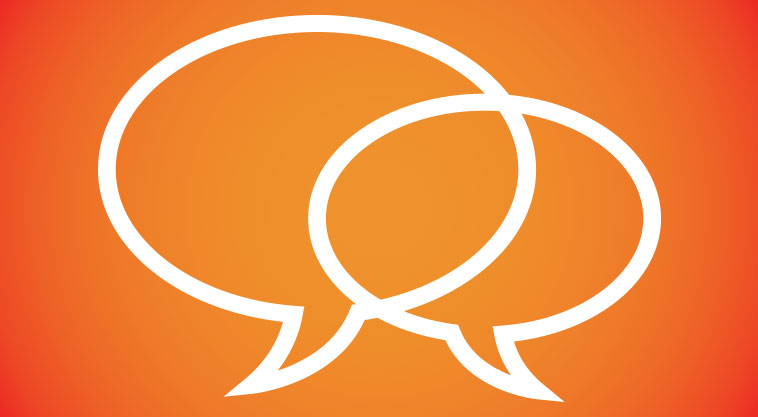The Musician: Part IV

Adina: My dream was to give my daughter a perfect childhood, but now I see that my role is to guide her through whatever comes her way.
Therapist: Adina still needs to monitor her reactions to make sure she’s hitting all the right notes.
Chevy: Finally! I always wanted guitar lessons!
The last frontier Chevy has to conquer in order to be ready for reading is the ability to recognize and manipulate parts of a word.
“What’s a ‘part’ of a word?” Adina is confused.
“Every word has a beginning, middle, and end sound. Every word has syllables. Remember, make it fun and integrate it into her regular life.”
She does.
“Food is fun,” Adina reports a few weeks later. “And it’s pretty easy to integrate. So for Shabbos party, I served popcorn and cupcakes. Pop-corn,” she emphasizes, stressing the separate syllables. “Cup-cakes.”
“Fantastic. Identifying syllables is the first step, manipulating them comes next. Show Chevy what would happen if you removed the first syllable from “cupcake” and replaced it with another syllable: ‘cheese.’ That would make ‘cheesecake.’ ”
“Guess we’re having cheesecake tomorrow.”
“Sounds good. Practice this concept whenever you can. Can Chevy identify the first, middle, and last sound of each word?”
“She’s just getting the hang of it. When we drove to visit my parents, we were in the car for a while, so we played games. I would say, ‘I’m thinking of someone who starts with the sound ‘zzz,’ and she would guess ‘Zaidy.’ Stuff like that.” She chuckles at the memory. “I said to her, ‘I’m thinking of someone whose name ends in the sound ‘eee.’ I meant for her to answer her own name, ‘Chev-eee.’ But she said, ‘Bubby, Zaidy, Mommy, and Daddy!’ I thought it was so cute.”
“That’s adorable! Now that she can do that, practice manipulating the sounds. You could make it into a game too, like, ‘What’s the last sound of the word ‘hide’? What if you took the last sound and replaced it with a ‘v’? What word would you get?’ Games like this really strengthen her abilities.”
A thought occurs to me. “Did you get her a guitar in the end?”
Adina laughs. “Did I get her a guitar? You know me, I got her a guitar the next day. It’s amazing. She started lessons. Not pressurizing lessons,” she adds hastily. “Fun lessons. She loves it. She’s a natural.”
“Wow.”
“You would have appreciated this — the teacher taught her the notes, E, A, D, G, B, E. Then she played one note at a time and Chevy had to identify them. She did great.”
“Like music therapy.”
Adina laughs. “I feel so much better now. I was so worried about Chevy, now I see she’ll be totally fine.”
“She is doing great and so are you. Just remember, every kid hits a snag now and then. And that’s okay. There’s no need to panic that that snag is going to derail them forever.”
“Hey, I paid my dues.”
“You did great, but Chevy has an entire childhood ahead of her. The most important thing you learned is that difficulties can be overcome.”
“Sounds good.” She pauses at the unintentional pun. “Ha, ha. See, even I’m having fun.”
Mothers make the best therapists.
Take It Home
In order to help your child develop phonological awareness, here are some activities you can do:
Read books that include rhyming refrains. Once your child is familiar with the refrain, cue them to complete the rhyme by pausing and allowing them to fill in the word.
Sing songs that have rhyming elements and encourage them to generate their own rhymes. For example, sing the song “Down by the Bay” and have children come up with their own ending: a whale with a polka dot tail, a cat wearing a hat, a snake pushing a rake.
Play word games or sing songs that manipulate words, like the song, “I like to eat, eat, eat apples and bananas,” where you replace the vowel sounds in each round.
Draw attention to initial sounds and ending sounds with games like, “How many names in our family start with the ‘B’ sound?” or “I’m thinking of a neighbor whose name ends in the ‘G’ sound.”
Special computer games like Earobics are designed to help children gain phonological awareness skills.
Remember, for best results, make it fun!
Originally featured in Family First, Issue 620. D. Himy, M.S. CCC-SLP, is a speech-language pathologist in private practice for over 15 years. She is the creator of the Link-It reading comprehension and writing curriculum for elementary school students and directs continuing education programs for speech-language pathologists and educators.
Oops! We could not locate your form.








